Try Out the Two Games Created in Our 24-hour Coding Competition
In November, the IntelliTeam completed our first internal 24-hour Hackathon. Two teams ranging in skill level from architects to interns to non-developers competed to design the best online game under tight time constraints. Roughly twenty members of the IntelliTeam came together to make the event a huge success!
“I had never attended a hackathon before, and while it was fast-paced, I learned a lot and had a blast,” said Reese Hodge, software engineer and captain of one of the Blazor Hackathon teams. “It was also great to work with people who aren’t on my day-to-day scrum team. I would do a hackathon again.”
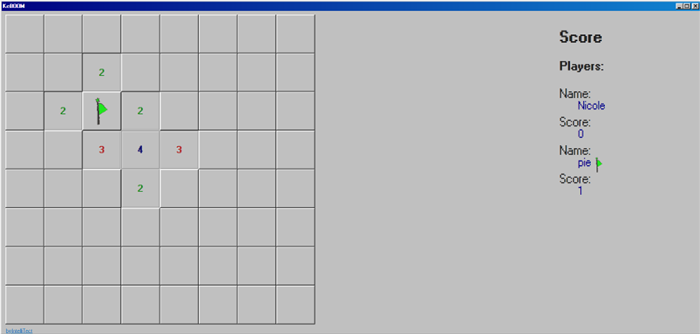
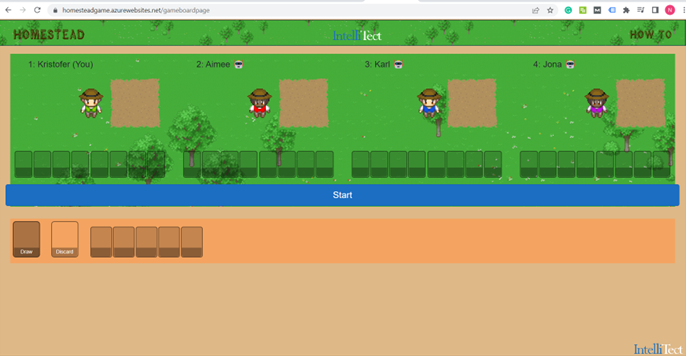
Check out screenshots of both teams’ final projects above!
Interested in How We Created the Games?
In the weeks leading up to the Blazor Hackathon, IntelliTect employees pitched ideas for their game and split into teams. Then, teams planned out their projects, created a backlog of items, collected graphics and images, set up hosting infrastructure in Azure, set up a nearly empty repository (think “Hello World” or default project template), and set up any CI/CD that might be needed for the game. All coding would be saved for the event.
Kevin Bost, senior software architect and Team 8 captain, and Reese Hodge, software engineer and Team Homesteaders captain, share their Blazor Hackathon experiences below.
Team 8: Kevin Bost Shares His Thoughts
Through a combination of laziness, ingenuity, and one-sided voting for twenty-four hours, we became known as “Team 8.”
Our project was based on a now-defunct two-player version of minesweeper from MSN Messenger called Minesweeper Flags. The original game involved locating mines on a map by putting flags where you think they are, with the goal of finding more than your opponent. Our project’s name came about as a joke combining my GitHub screenname (Keboo) with the idea of clicking on a mine, causing a “boom.”
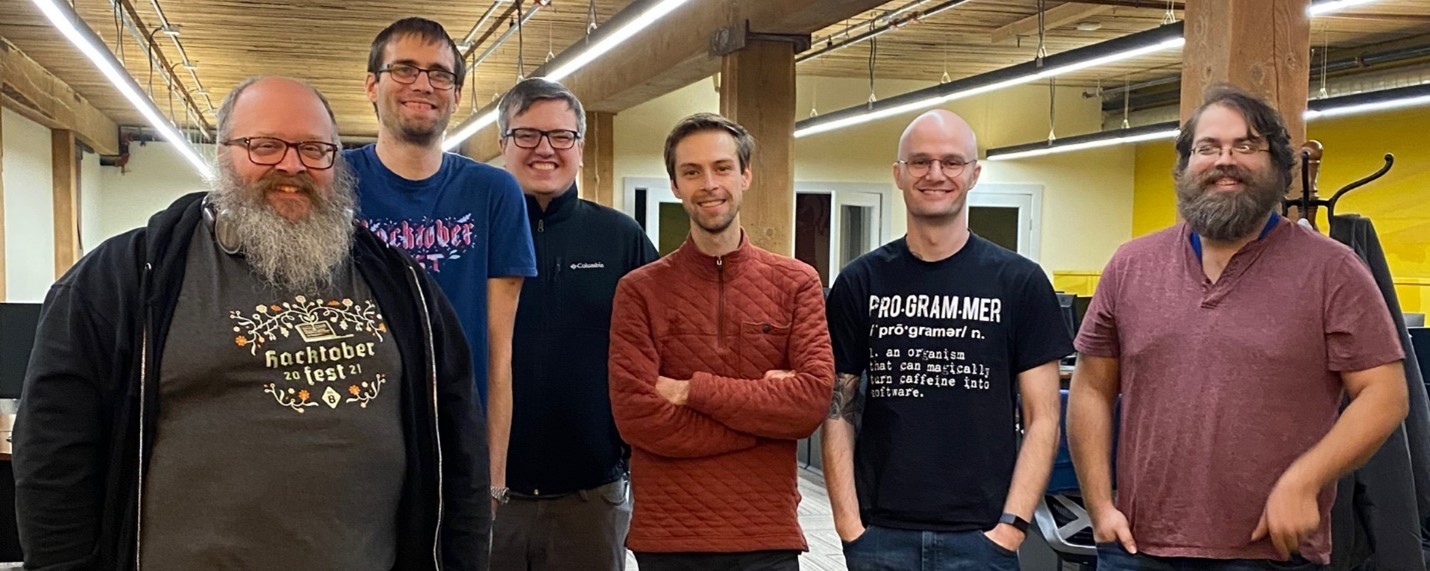
“I thought it would be a fun challenge and a chance to try new technologies,” said Kenny White, software engineer.
To learn some newer tech, the team decided to use Blazor WebAssembly on .NET 7 (which had only been released three days before the Hackathon). We deployed to an Azure App Service and leveraged SignalR for real-time communication between players.
We abandoned all pretenses of agile methodology when the Blazor Hackathon began and went to work. Most of the team paired up taking on tasks or focused on a specific area of the app. I took on the role of the project manager to ensure that information and items flowed. Zack took on the role of graphic artist, first painting with acrylics before importing the art digitally.
“I really enjoyed the opportunity to learn a new technology from coworkers who were familiar with it,” said Austen Frostad, software engineer.
It was a rushed twenty-four hours. Most of the team stayed up past midnight on Friday, but somehow, most slept well before returning to code on Saturday.
Team 8’s Blazor Hackathon Final Project
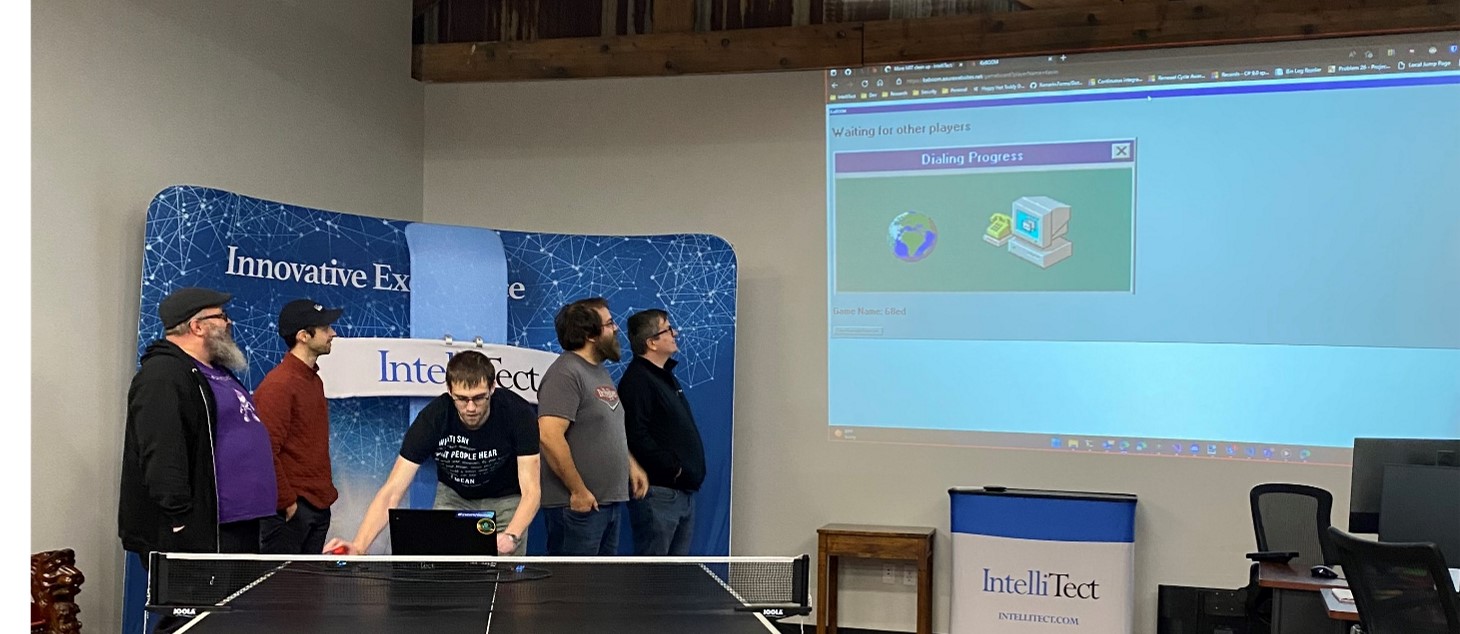
The result worked out great. To embrace the classic Minesweeper look and feel, the team selected a CSS theme that emulates the looks of Windows 98. In retrospect, some of the nostalgia and old-school jokes may have been lost on some of the team’s younger members. Games are organized into SignalR groups (with both players being in the group) to facilitate sending the game information back and forth between each player; this allows for some nice, real-time communication within the game.
The complete code repo can be found on GitHub.
Team Homesteaders: Reese Hodge Shares His Experiences
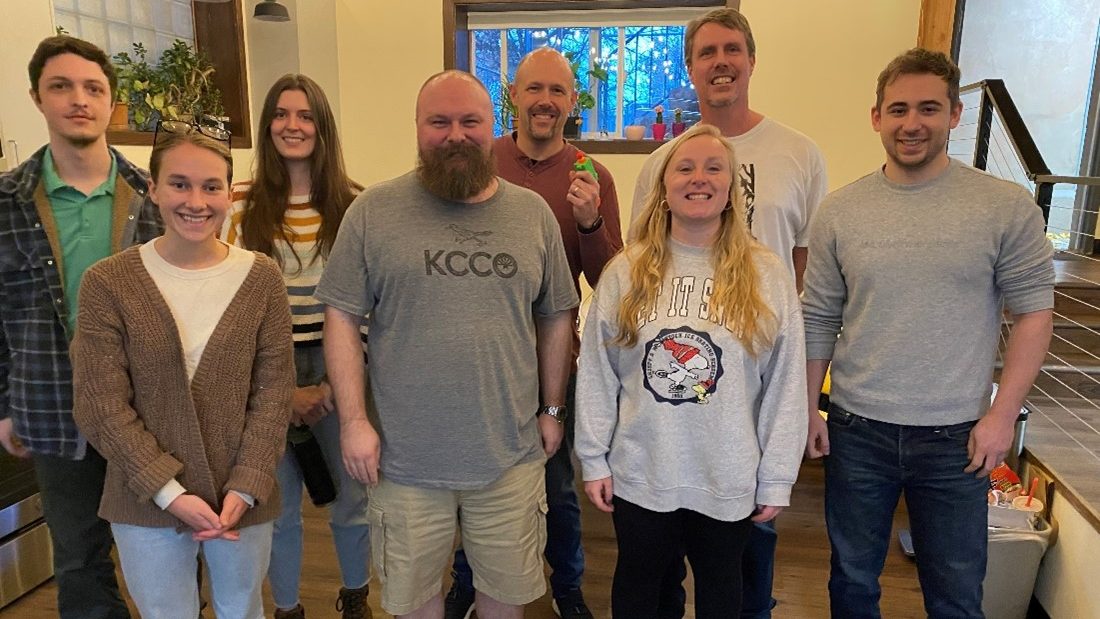
Homestead is a fast, easy, and fun role-playing card game that my son, Xander, created. I figured it would be cool to transition that card game into a digital game. The game’s goal is to be the first player to build a homestead. But beware, not all cards are beneficial.
For Team Homestead, it all started after a typical Friday workday, the clock struck four, and it was time for the code to pour. We assembled in the IntelliTect office basement, taking pictures and having our initial standup meeting. We broke down the work by area and quickly got started.
Olivia, Josh, and I were the only members with prior Blazor web development experience. The rest of the team dove into using Blazor WebAssembly, SignalR, and an ASP.NET API backend using .NET 6 to build the game.
It was harder than I thought, but everyone had so many great ideas, and working in pairs was a great way to learn.
Grant Erickson, IntelliTect CTO
Before long, it was almost 11 P.M., and people were starting to head home to work more or get some rest (maybe a little of both). Tyler held down the fort and continued coding through the wee hours of the following day.
“It was a blast to write code and work with people I don’t usually get to and see what we could get done in a very short time,” said Mike Curn, senior quality assurance (QA) architect. “It was tough but cool to see how quickly we could make progress!”
Team Homesteaders’ Blazor Hackathon Final Project
People started returning to the office around 8 A.M. Saturday, and we soon realized that our initial ambitions and feature set would not get done by the deadline of 4 P.M. if we didn’t aggressively cut features and focus on the minimum viable product (MVP) of our game. We continued feverishly coding and had about three minutes left on the clock when Grant pushed the last bits to the GitHub repository, and our game was live.
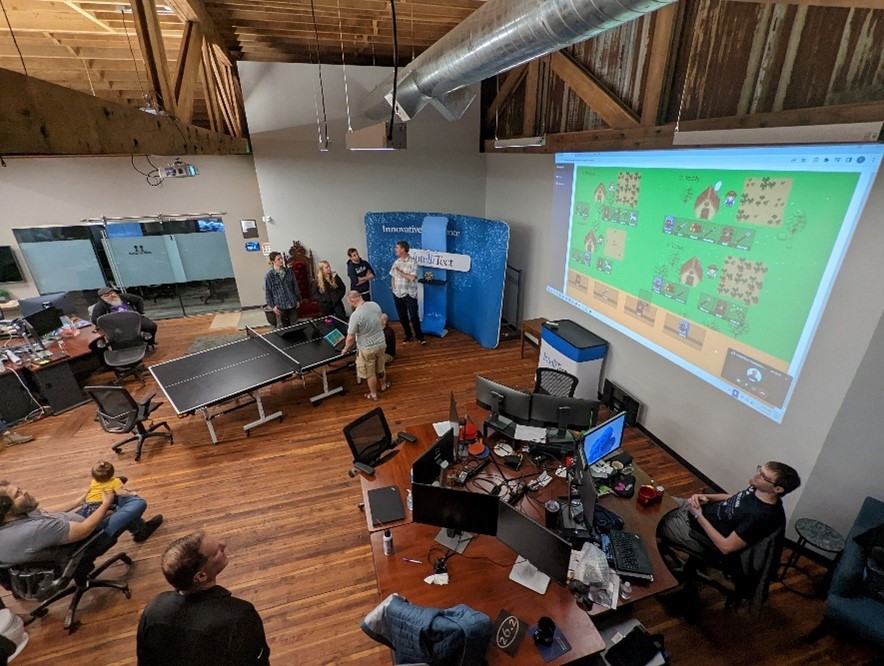
The IntelliTeam played both games and then voted which they preferred; while it was almost a tie vote, our hard work paid off because Team Homesteaders ultimately claimed victory over Team 8!
The complete code repo is on GitHub.
Looking to “Hack” into Our Culture?
Not only do we have fun hackathons, but we also do weekly lunches, ping pong tournaments, book clubs, and game days. Many team members get together to go hiking, take classes, and hang out.
Find out how you can be a part of our IntelliTeam on our Careers page or apply for one of our open positions on Indeed!
Written by Nicole Glidden.

Interested in Joining the IntelliTeam?
We’re always looking to hire senior software developers!
